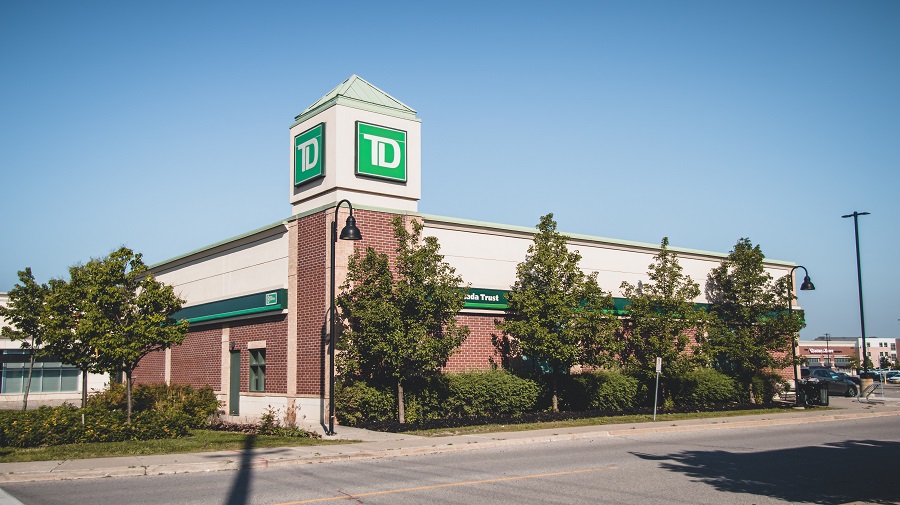
The global restaurant industry has been under pressure lately with a challenging macroeconomic backdrop and decreased consumer spending creating a drag on the post-pandemic recovery for restaurants.
Within the industry, however, “companies heavily weighted toward quick service will be more insulated” from the negative impact of persistent industry challenges relative to “those heavily weighted toward full service” which are more susceptible to these headwinds, notes Moritz Steinbauer, vice president at DBRS Morningstar.
The following fast-food chains are navigating the current sluggishness via menu innovation, adoption of new practices, and broadening their global footprint in fast-growing emerging economies. They are well positioned to benefit from the secular trends of convenient dining, ordering apps and online delivery fuelling the growth of the global fast-food market, projected to shoot up from about US$647 billion in 2021 to US$998 billion in 2028, growing 4.60% annually.
Global coffee and snack behemoth, Starbucks (SBUX) operates nearly 36,000 stores across over 80 countries. Its three business segments comprise North America, international markets, and channel development (grocery and ready-to-drink beverage).
The coffee chain’s sources of multiple revenue streams include company-operated stores, royalties, sales of equipment and products to license partners, ready-to-drink beverages, packaged coffee sales, and single-serve products.
The company generated US$32 billion in sales in 2022 and is focused on premium-quality coffee that distinguishes it from chained competitors. This alleviates “pressure from quick-service peers and at-home consumption while underpinning substantially higher pricing for what has historically been a commoditized product,” says a Morningstar equity report.
As vending and single-serve coffee machines improve in the lower end of the market, this positioning is increasingly crucial, the report adds.
While competition is intensifying, Starbucks' cachet has allowed it to outperform competitors, leveraging its brand to raise prices 7.4% annually in the U.S. over the last five years, easily topping category inflation.
“Considering the firm’s brand intangible asset, we highlight five points that would suggest a strong brand—the firm's pricing power, restaurant-level profitability, successful international replication, strength in the retail channel, and lower marketing spending relative to peers,” says Morningstar equity analyst Sean Dunlop, who recently lowered the stock’s fair value to US$103 from US$106, prompted by worse-than-expected near-term performance in China.
Global pizza chain, Domino’s (DPZ) operates nearly 20,000 global stores across more than 90 countries. The firm’s offerings include pizza, wings, salads, sandwiches, and desserts, sold through company-owned and franchise-operated stores.
Domino’s is the largest player in the global pizza market, ahead of Pizza Hut, Papa John’s, and Little Caesars. At a time when the pandemic-stricken restaurant industry was scrambling to provide food delivery, build out e-commerce platforms, and adopt digital models, “Domino's had already implemented the lion’s share of these initiatives,” says a Morningstar equity report.
While the return to dine-in options has impacted recent results, the firm has scooped 220 basis points of market share in the quick-service restaurant, or QSR, pizza category since 2019, seeing its share of global sales swell to 20.6% in 2022, according to Euromonitor data.
“While we expect a turbulent couple of quarters, with the firm absorbing margin pressure to defend its value proposition with a lower-income clientele, we view the firm's long-term emphasis on defending franchisee profits, supporting the firm's growing carryout business, and building store density at the market level as prudent,” stresses Dunlop, who pegs the stock’s fair value at US$397.
All things considered, the firm's strategy remains cogent, putting it on a strong footing to compete in a world where expanded consumer choice demands quality, convenience, and competitive pricing, he adds.
Parent company of well-known fast-food chains KFC, Pizza Hut, Taco Bell, and The Habit Burger, Yum Brands (YUM) clocked US$59 billion in sales in 2022. The firm is the second-largest restaurant company in the world, behind McDonald’s.
Yum is 98% franchised and generates the bulk of its revenue from franchise royalties and marketing contributions.
While the coronavirus hit the restaurant industry hard, the firm has shown a remarkable ability to meet the demands of the modern restaurant consumer by splurging on e-commerce platforms, delivery integration, and technological solutions.
“Recent acquisitions demonstrate the emphasis the firm has placed on digital enhancements, with just north of 40% of systemwide sales now coming through digital channels,” says a Morningstar equity report.
In recent years, Yum has transformed its competitive strategy by reorganizing its corporate operations based on brands instead of geographical lines, following the spinoff of its China unit in 2016.
“The firm’s new strategy focuses on menu development, ease of access, and distinctive brand identities,” points out Dunlop, adding these features reinforce the strength of Yum’s family of brands, “driving our forecast for low-single-digit comparable sales growth across the portfolio.”
Yum Brands’ wide moat stems from a portfolio of relevant, distinctive, segment-leading brands and a scale-driven cost advantage, notes Dunlop, who recently raised the stock’s fair value to US$132 from US$127, incorporating strong fourth-quarter results.






















